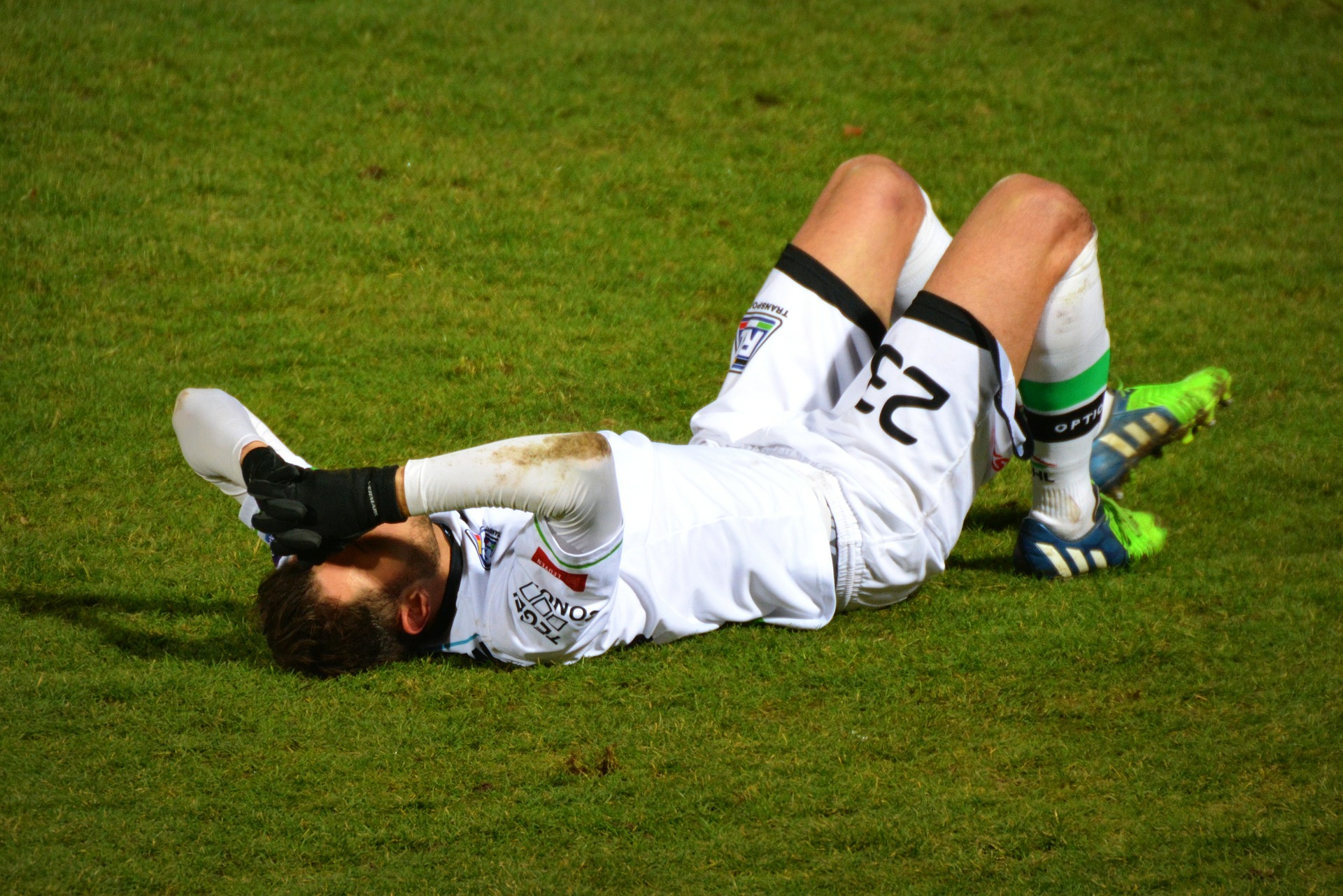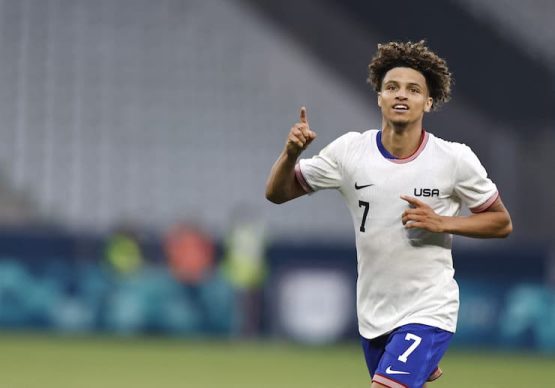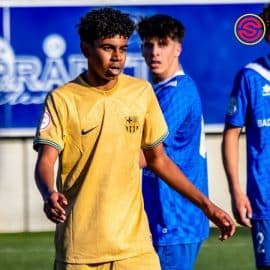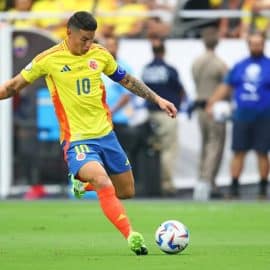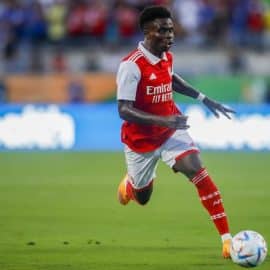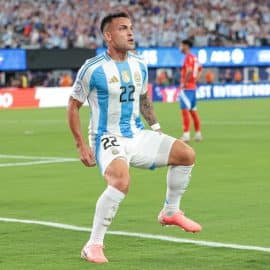It’s no secret that football is one of the roughest sports you can play. Rugby is up there as well, but here in the U.S football injuries are somewhat of an epidemic. We’ve all seen the news specials on concussions and breaking stories of retired players suffering from mental conditions believed to be a consequence from their days on the field. Football players are extremely susceptible to enduring a concussion caused by forceful contact to the head or even quick whiplash-like motions to the neck. Symptoms include dizziness, blurry vision, blackouts, and nausea. Fortunately, professionals are catching on to the dangers of repetitive concussions and are changing the rules and regulations accordingly. Concussions should be taken very seriously because of the damage to the brain that can develop even long after the athlete is done playing football.
While concussions are an injury that every coach, athletic trainer, and player should be on the lookout for, more obvious injuries are also very common in the game of football. Though athletes wear protective equipment, the force that players are being hit with or resisting hits with, can cause extensive injury almost anywhere on the body. In a sport that includes movements of all kinds, full body contact, speed, and agility, injuries are practically a given. Extensive amounts of care from physical therapy facilities like MOTUS in Newport Beach can get the athlete back on the field in due time.
ACL/MCL tear
The ACL and MCL are ligaments surrounding the knee that keep it stabilized. A tear in either of them can be caused by direct lateral force from an opponent, or from stepping in one direction with your body lagging too far behind. ACL and MCL tears are usually associated with a quick onset of pain in the area, swelling, and the feeling of looseness around the knee. Football players with the injury will usually be able to return to the field after utilizing physical therapy along with other treatment techniques. It’s important to continually strengthen the tendons, ligaments, and muscles surrounding the injury during the full stint of recovery. Because of initial weakness in the knee upon returning to play, many football players will wear a brace for stabilization efforts.
Shoulder injuries
Shoulder injuries are also extremely common in the game of football because of the amount of full contact players endure. Physical therapists often explain how once a shoulder comes out of the socket, the ligaments around it are looser, which heightens the possibility of the injury occurring again. Shoulder separation comes with pain, grinding in the socket, limited movement, and physical deformity. Rotator cuff tears are also common shoulder injuries in the game of football. Partial tears happen when the tendon is still attached to the bone. Full tears on the other hand occur when the tendon is completely removed from the bone, an injury that can’t heal without surgery. Shoulder injuries can be prevented through wearing equipment that fits properly and learning how to perform football specific movements properly. This includes blocking, tackling, throwing, and even learning how to take a hit.
Ankle injuries
Sprained ankles are so common that they often go overlooked when it comes to football players. Many people think that a sprained ankle is just a roll that will heal in a day or two with rest. A sprained ankle is actually tissue damage that happens around the ankle when it’s twisted the wrong way. Sprains are minor injuries but they can be painful and require attention in order to recover properly and timely. According to the PhysioRoom, the best thing for a sprained ankle is to follow the PRICE protocol. This entails protection, rest, ice, compression, and elevation. An effective way to prevent ankle damage is to tape them or wear braces over your socks for game time.
Hamstring
The hamstring muscles are found on the backside of your leg, behind your quad muscles. Hamstring strains or tears can be very painful when they first occur. Normally this type of injury is due to over use or tired muscles. Hamstring strains are classified as a first degree, second degree, or third degree tear depending upon the severity of the tear. PhysioRoom suggest using the RICE protocol for this injury as well. Dependent upon the degree of the injury, the athlete could be out of commission for a few weeks to a few months.
There are plenty of other injuries that can be obtained on a football field. While these are just a few of the common ones, every player should understand the importance of proper warm-up, fitted equipment, and playing hard but safe.
Add The Sports Daily to your Google News Feed!
